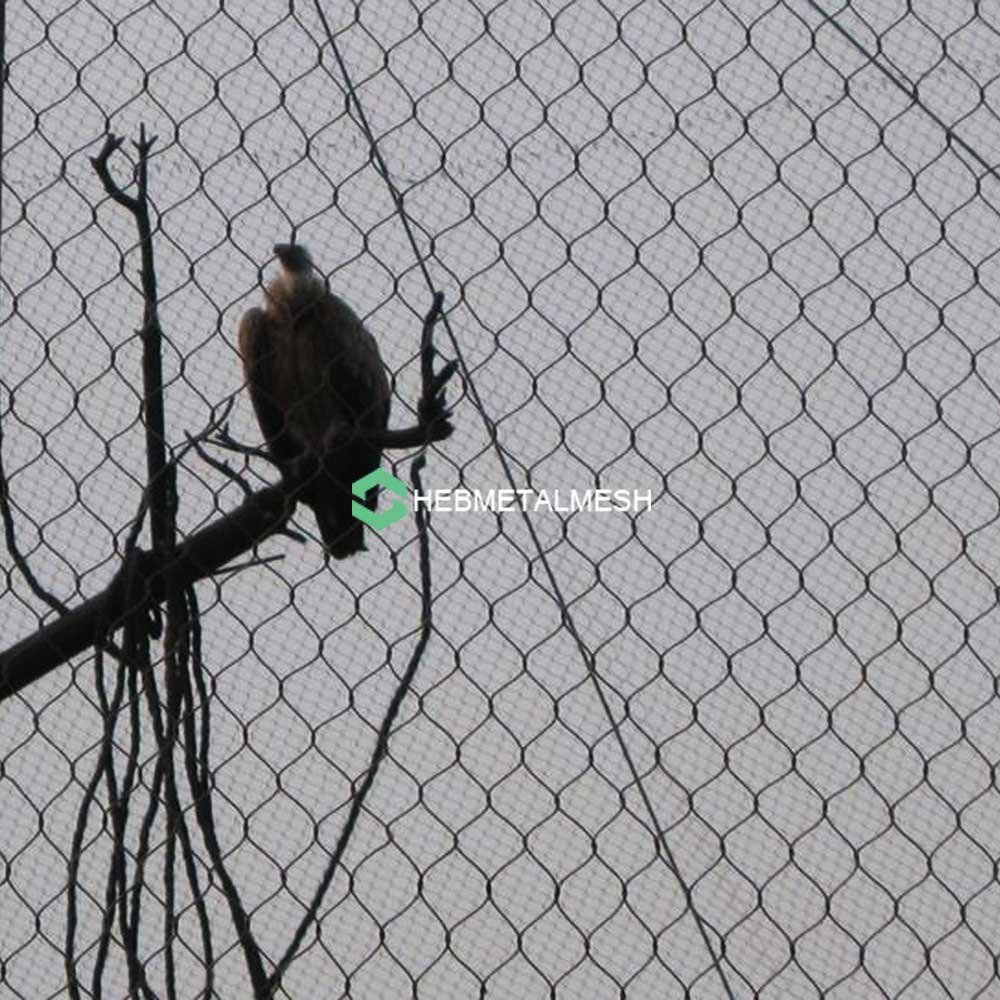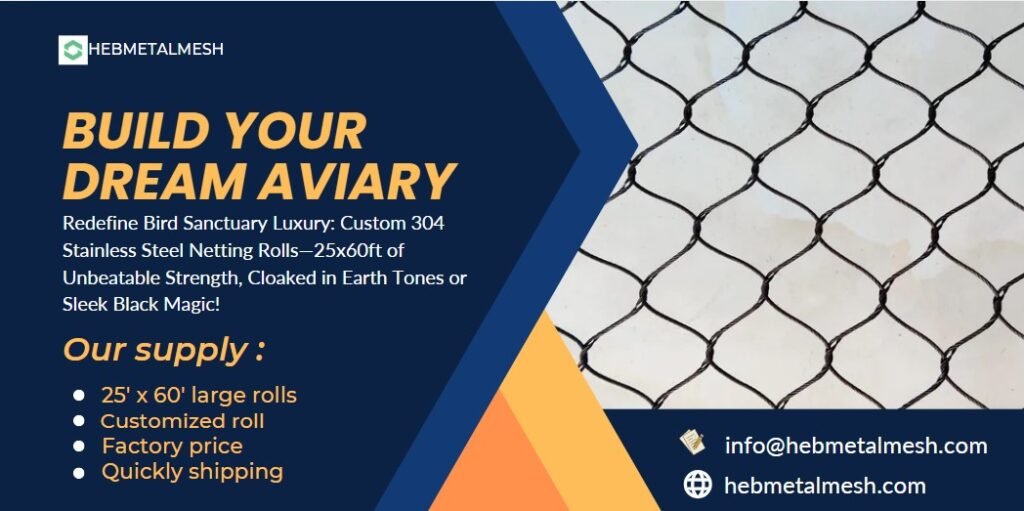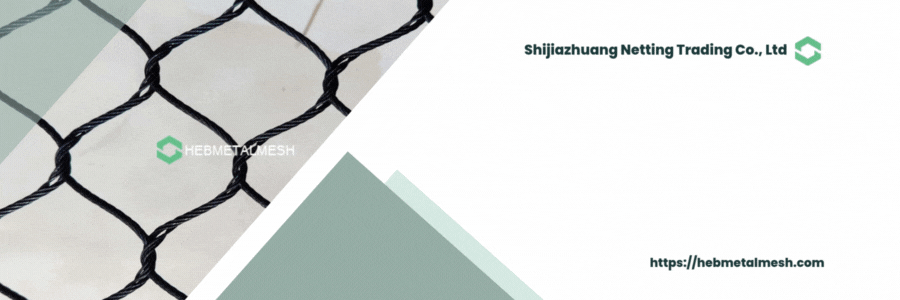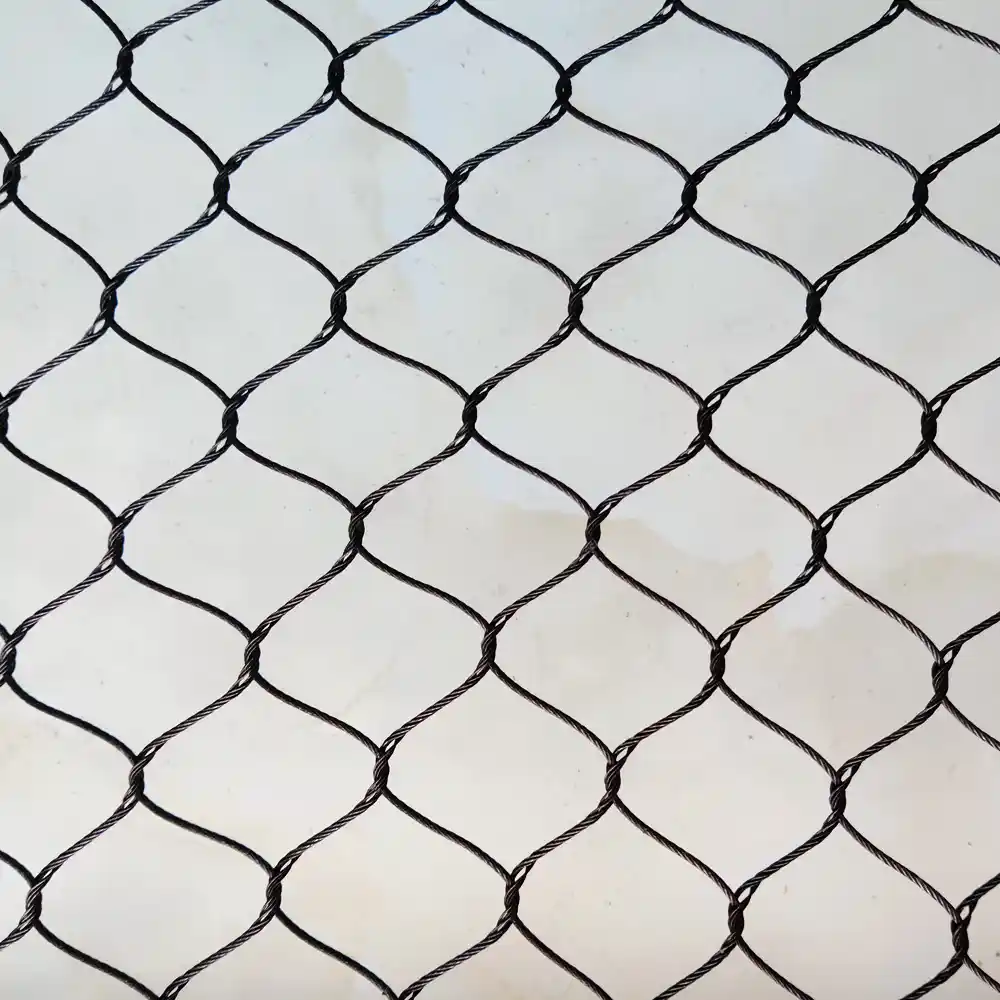Hawk netting is a vital tool in bird control. It’s a humane method to protect crops, livestock, and property from these raptors.

This article delves into the art of hawk netting. We’ll explore various netting solutions, materials, and installation techniques.
We’ll also touch on legal and ethical considerations, maintenance, and cost factors. Whether you’re a farmer, property manager, or wildlife control professional, this guide will equip you with the knowledge you need.
Understanding Hawk Netting
Hawk netting is a bird control method. It’s designed to deter hawks from specific areas.
The primary purpose is to protect valuable assets. These can be crops, livestock, or property structures.
The netting acts as a physical barrier. It prevents hawks from accessing the protected area.
However, it’s not just about deterrence. Hawk netting also promotes the ethical treatment of these birds, ensuring they are not harmed.
Types of Netting Materials
Different types of materials are used in hawk netting. The choice depends on the specific needs and environment.
Common materials include polyethylene, nylon, and stainless steel. Each has its own set of advantages.
- Polyethylene is lightweight and resistant to UV degradation.
- Nylon is strong and durable, ideal for heavy-duty applications.
- Stainless steel offers the highest level of durability and is resistant to all weather conditions.
Installation Best Practices
Installing hawk netting requires careful planning. The first step is to assess the area that needs protection.
The netting should cover all potential entry points. This includes the top and sides of the area.
Choosing the right mesh size is crucial. It should be small enough to prevent hawks from entering, but not so small that it traps smaller birds.
The netting should be installed at a height that deters hawks. It should also be angled correctly to prevent hawks from perching.
Regular inspections are necessary to ensure the netting remains effective and does not harm any birds.
Legal and Ethical Considerations
When implementing hawk netting, it’s important to consider wildlife protection laws. In many regions, hawks are protected species.
The netting should be designed to deter hawks, not harm them. This is not only ethical, but also legal.
Before installing hawk netting, it may be necessary to obtain permits or consult with local wildlife agencies. This ensures that your bird control measures are compliant with local regulations.
Maintenance and Inspection
Regular inspection of your hawk netting is crucial. This helps to ensure that no birds are trapped or injured.
Over time, the netting may suffer wear and tear. Regular maintenance can extend its lifespan and effectiveness.
If damage is detected, it should be repaired promptly. This prevents hawks from finding a way through the netting and causing damage to your property.
Cost and Budgeting for Hawk Netting

The cost of hawk netting can vary based on several factors. These include the size of the area to be covered, the type of netting material, and whether professional installation is required.
Budgeting for hawk netting should also account for maintenance and potential repairs. This ensures the netting remains effective in the long term.
Measuring Success and Adjusting Strategies
The success of hawk netting is measured by its effectiveness in deterring hawks. This can be observed through a decrease in bird-related damage to crops, livestock, or property.
However, it’s important to regularly assess the situation. Hawks and other birds may adapt to the netting over time.
If this happens, adjusting the netting strategy may be necessary. This could involve changing the netting position, using different deterrents, or seeking professional advice.
FAQs About Hawk Netting
Hawk netting is a specialized mesh barrier designed to protect areas from hawks and other predatory birds. Made from durable, UV-resistant materials, it creates a physical barrier that prevents hawks from accessing spaces like gardens, rooftops, or livestock enclosures. The netting’s tight weave ensures hawks cannot penetrate it, while its lightweight design allows for discreet installation. It’s commonly used in settings like chicken coops, fish ponds, and vineyards to safeguard animals and crops.
Hawk netting is a highly effective, non-lethal solution for farmers and homeowners seeking to protect chickens, ducks, or small livestock from aerial predators. Unlike scare tactics or noise devices, netting provides a permanent barrier. It’s particularly valuable for those searching for “how to protect poultry from hawks” or “humane bird control solutions,” as it prevents harm to both wildlife and domesticated animals while ensuring compliance with local wildlife protection laws.
Yes, when installed correctly, hawk netting is a safe and ethical deterrent. It does not injure birds but simply discourages them from entering protected areas. For those concerned about “non-harmful hawk deterrent methods,” this netting is ideal. Ensure the mesh size is appropriate to avoid entanglement, and pair it with visual deterrents (e.g., reflective tape) for enhanced effectiveness without risking wildlife safety.
Installation varies based on the area, but most DIY enthusiasts can tackle it using a “hawk netting installation guide.” Start by measuring the space and securing the netting with sturdy poles or anchor points. For rooftops or large farms, professional installation may be recommended to ensure full coverage. Focus on tensioning the netting properly to prevent sagging, and trim excess material to avoid gaps. Keywords like “best hawk netting for chicken coops” often highlight kits with pre-cut sizes and hardware for easier setup.
High-quality hawk netting can last 5–10 years, depending on material (polyethylene or nylon) and exposure to weather. Regular maintenance includes inspecting for tears, clearing debris like leaves, and tightening loose sections after storms. For those researching “UV-resistant hawk netting for long-term use,” opt for treated materials to prevent sun degradation. Seasonal checks ensure it remains effective for safeguarding fish ponds, gardens, or commercial properties year-round.
Conclusion: The Importance of Responsible Bird Control
Hawk netting is a responsible bird control method. It protects valuable assets without causing harm to the birds.
In conclusion, it’s a humane, effective, and environmentally friendly solution. It’s an art that requires knowledge, patience, and respect for wildlife.



